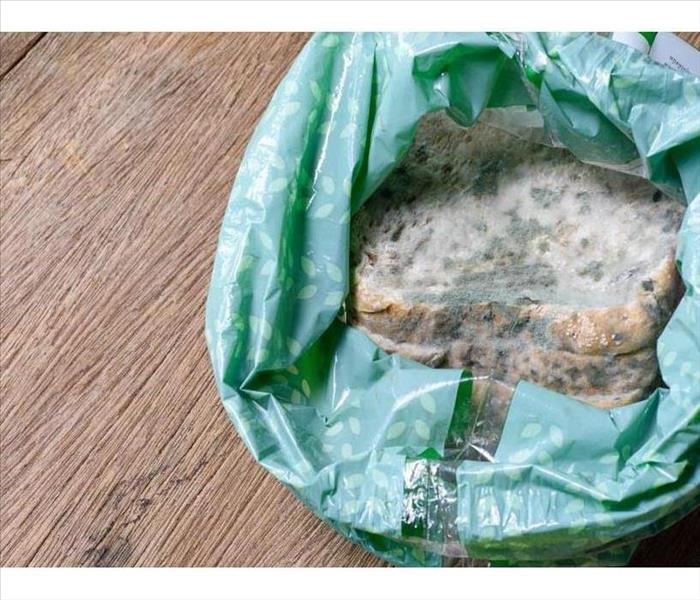Avoiding Mold Damage In Your Lancaster Restaurant
1/17/2017 (Permalink)
Count on SERVPRO to Mitigate Mold Damage and Keep Your Food Cooking
A typical commercial building can feature weak spots where water leakage could contribute to mold damage in the restaurants or other businesses sharing the premises. If you experience water seepage or leaking because of torrential rains on a poorly draining flat roof or condensation around an overworked air conditioner, it is crucial to get SERVPRO on site as soon as possible. Eliminating the roof leak or condensation moisture is the first step toward avoiding mold damage in a restaurant. Understanding how mold can gain a foothold in your business is something every business owner must master so we can work together to stop the growth of mold and mildew now and limit the risk of it recurring in the future.
Nothing is more unappetizing or has more potential to stop your foodservice business in its tracks than a proliferation of mold damage any area of-of your Lancaster restaurant. Mold spores are always floating in the air, both inside and out of structures. When the mold is fed with a combination of water and organic materials upon which to grow a severe outbreak can occur within 48 hours. Clean and contaminated water are equally at fault in encouraging growth of mold. Once the mold takes hold, you will need our professional expertise to take all necessary steps to complete the mold remediation process, essential for you to continue to pass local inspections and keep your premises clean and the air healthy for both employees and patrons.
The first step in mold remediation is to contain it, making certain it does not move into areas currently free of microbial growth. SERVPRO staff may use a variety of techniques to contain the outbreak, including installing plastic sheeting, sealing of ducts, and employing negative air pressure. Depending on the extent of the mold damage a system of clean rooms and decontamination areas may be established. Unless all sectors of mold growth occur on non-porous surfaces that can be successfully disinfected, it is likely sections of drywall, insulation, and wood may need to be removed carefully, with the mold still attached. These materials will need to be handled as hazardous waste. Before equipment can be moved in by our technicians to reduce moisture, spores must be allowed to settle and all affected areas cleaned from the top down. Once the majority of spores are removed by the use of air scrubbers, we will use air movers and dehumidifiers to reduce the amount of humidity to less than 45 percent. Continued vigilance to identify sources of leaks and condensation will be necessary to prevent mold from becoming a problem again.
Team up with SERVPRO of Southeast Dallas County to manage the risk of a mold outbreak in your restaurant. Call (972) 227-0800 to arrange for an inspection and mold remediation, including tips on how to avoid microbial growth in the future.






 24/7 Emergency Service
24/7 Emergency Service